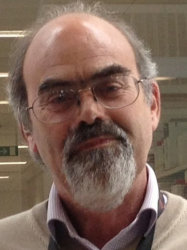BibTex format
@article{Dos:2017:10.1007/s12551-017-0305-3,
author = {Dos, Remedios CG and Lal, SP and Li, A and McNamara, J and Keogh, A and Macdonald, PS and Cooke, R and Ehler, E and Knöll, R and Marston, SB and Stelzer, J and Granzier, H and Bezzina, C and van, Dijk S and De, Man F and Stienen, GJM and Odeberg, J and Pontén, F and Linke, WA and Linke, W and van, der Velden J},
doi = {10.1007/s12551-017-0305-3},
journal = {Biophys Rev},
pages = {431--441},
title = {The Sydney Heart Bank: improving translational research while eliminating or reducing the use of animal models of human heart disease.},
url = {http://dx.doi.org/10.1007/s12551-017-0305-3},
volume = {9},
year = {2017}
}

